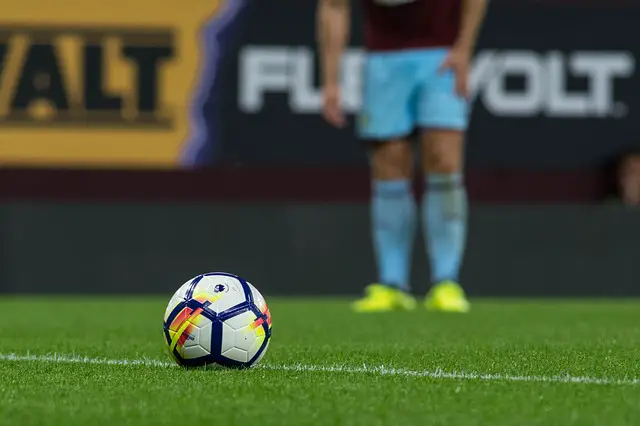
It’s an exciting time of the year for soccer: the start of the new English Premier League season. Cheering for your favorite team or simply marveling at all the talent present in the league is undoubtedly an enjoyable experience, but you can also significantly improve your own game by watching games a bit more analytically.
This can be done on both an individual and a team level. The individual level means focusing on what great players do, like their movement off the ball, their first touch, and the way they attack space.
But this article will be concerned more with the team level: the larger-scale tactics that determine how games are played on a strategic basis. This not only gives you a more rewarding viewing experience; it can greatly improve how you approach your own games and understand your role within them. The following are a few things you can look out for this EPL campaign.
What is the team’s formation?
In soccer, all tactics stem from the formation, which determines player roles and how the team will attack and defend together. The pregame lineups will show you the formation, but it can be a valuable exercise to skip that and try to work it out yourself after kickoff. If you try to do this, it’s usually easier to see the distinct lines of players when they drop back to defend.
What differences can you see between 4-4-2, a 4-3-3, a 4-2-3-1? What weaknesses can you identify in a particular formation? For example, are the two center midfielders in a 4-4-2 struggling to keep possession against a three-man central midfield? Also, look to see if the team changes its formation at halftime if they are winning or losing. Why do you think they made those particular changes? (Also try not to be fooled by natural switching or overlapping within a system; this doesn’t mean that the team has actually changed its formation.)
How does the team pressure defensively? Do they press high or sit back?
Heavy defensive pressure is a staple for many top clubs today. Chelsea under new manager Maurizio Sarri, for example, are expected to employ a high press in order to force the opposing defense into making mistakes. Other teams in the Premier League, on the other hand, are more content to sit back and let the action come to them. Which approach do you see being more effective in the league?
There’s also more to look for than just a high vs. a low press. Jurgen Klopp of Liverpool is well-known for his gegenpress (counterpress), where after losing possession, the team immediately tries to get the ball back in order to avoid a counterattack. When watching a game, take note of whether the team tries to get the ball back after losing it in the attacking half, or if they fall back into their normal defensive shape. Finally, take note of where the team keeps its defensive line. Do they try to trap the opponents into running offside?
Is the offense possession-based or do they play more direct?
The Premier League has come a long way from its “route one” days in which the main strategy was to constantly play long balls up the center of the field to a target forward, but this stereotypically English style is of course still around to some degree. Many of the top Premier League teams keep possession with a multitude of short passes, which helps break down opponents and as well as maintain their own shape.
Not every good team attempts to dominate the possession stats, however. Just look at Leicester in 2016-17. They had some of the lowest possession stats in the league, but their lethal counterattacks led by Rihad Mahrez and Jamie Vardy propelled them to the title.
Which teams “park the bus”? How does their opponent try to break them down?
Since the gap between the top clubs in the Premier League and the rest of the pack is very large, you see some interesting tactics when the minnows try to steal a point away from a giant. A team that hunkers down and diverts all of their energy to defensing is often said to be “parking the bus.” Such a team brings everyone back behind the ball and clogs the middle of the field, forcing the opponents to play out wide. When you’ve identified a team doing this, how does their opponent try to break them down? Do they try to overwhelm them early before they can get comfortable? Wear them down relentlessly? Draw defenders out in a strategic manner?
How does the team attack?
By studying a team’s formation you’ll know if they employ two or three strikers, but look to see which other players get involved and how they go about their attack. A fun offense to watch is the lethal three-man attack of Salah, Mane and Firmino at Liverpool. Watch to see when Firmino drops back in the midfield to receive the ball (as a type of “False 9”) opening up space for someone else, often Mane, to run through. This forces the defenders to make a very difficult choice.
Movement is key for any offense, and top attackers often have freer roles that allow them to make runs and cuts all over the field. Take note of where Mane starts the match, for example, and then all of the locations you spot him in during the next 45 minutes. Try the same for Gabriel Jesus and Raheem Sterling of Manchester City. Then compare them to a player like Romelu Lukaku of Manchester United, a big, more traditional center forward.
We hope this article gives you a few things to look for in the Premier League this season.
Are there any other tactics that you like to look for when watching soccer on TV?
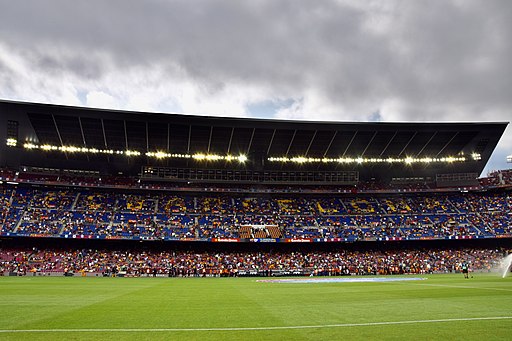
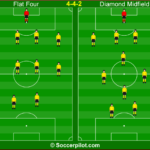
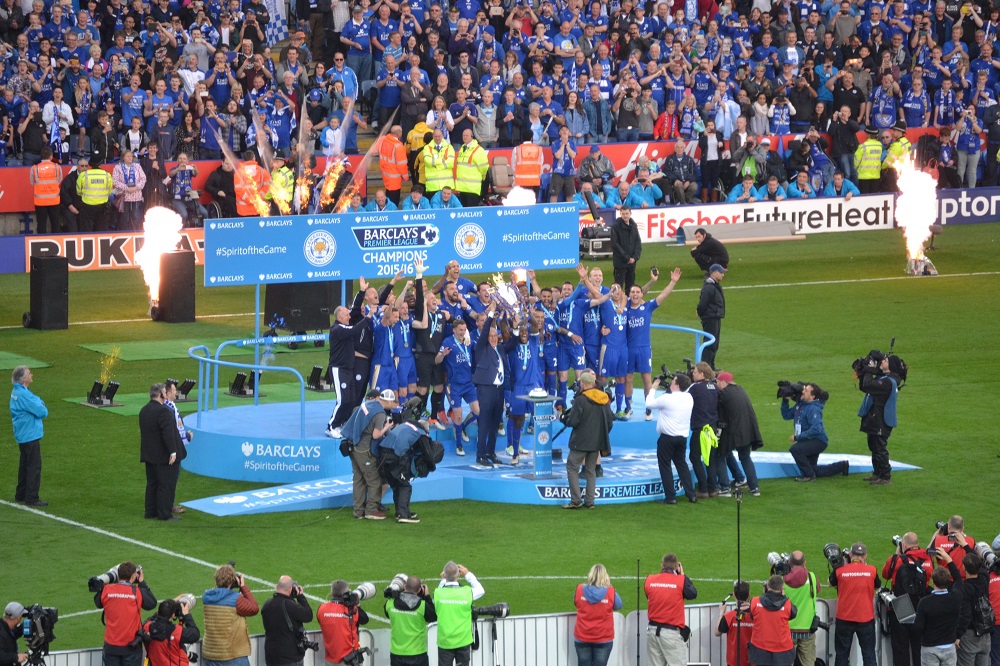
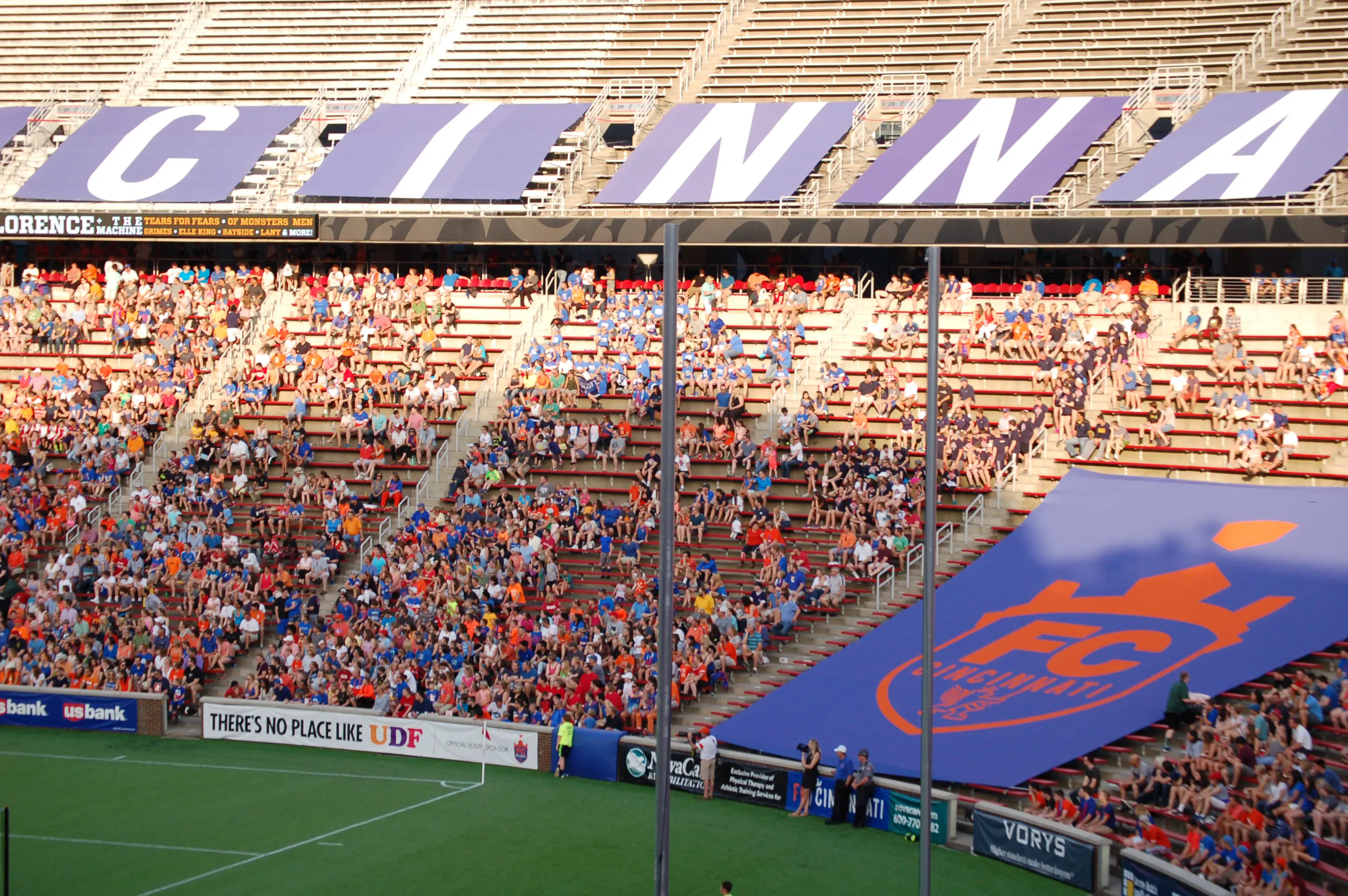


Leave a Reply